- Rule, Britannia, no more?
- Unpopular Opinions: US Quadball Cup 2023
- Proven Contenders: University of Virginia
- Proven Contenders: Rutgers University
- Proven Contenders: University of Michigan
- Proven Contenders: Creighton University
- Different Perspectives: A Look Inside USA Ultimate
- Antwerp QC, Much of Belgian Core, Leaves Competitive Quidditch
Revisiting the World Cup V Final: A Video Analysis
- Updated: December 4, 2012
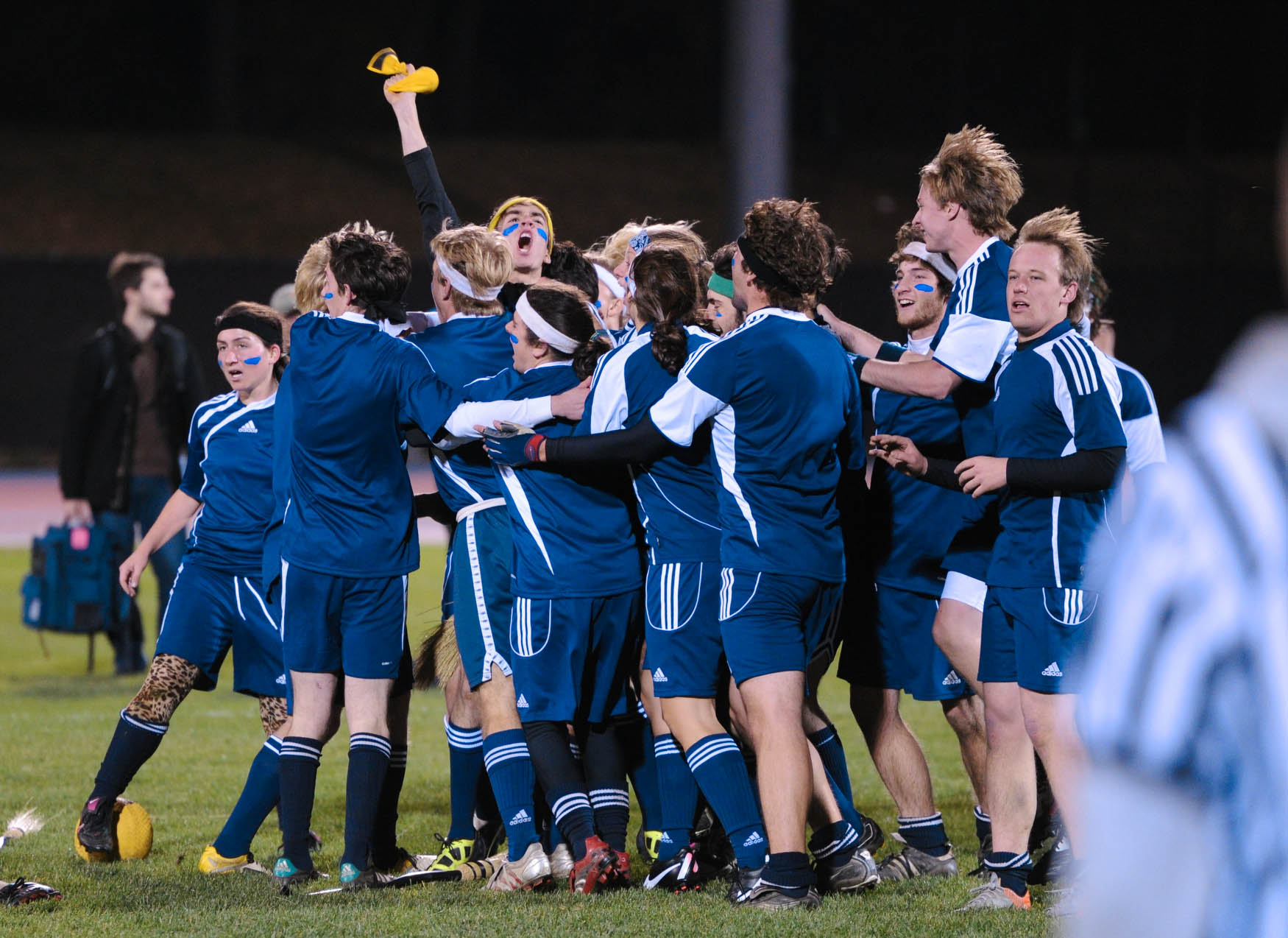
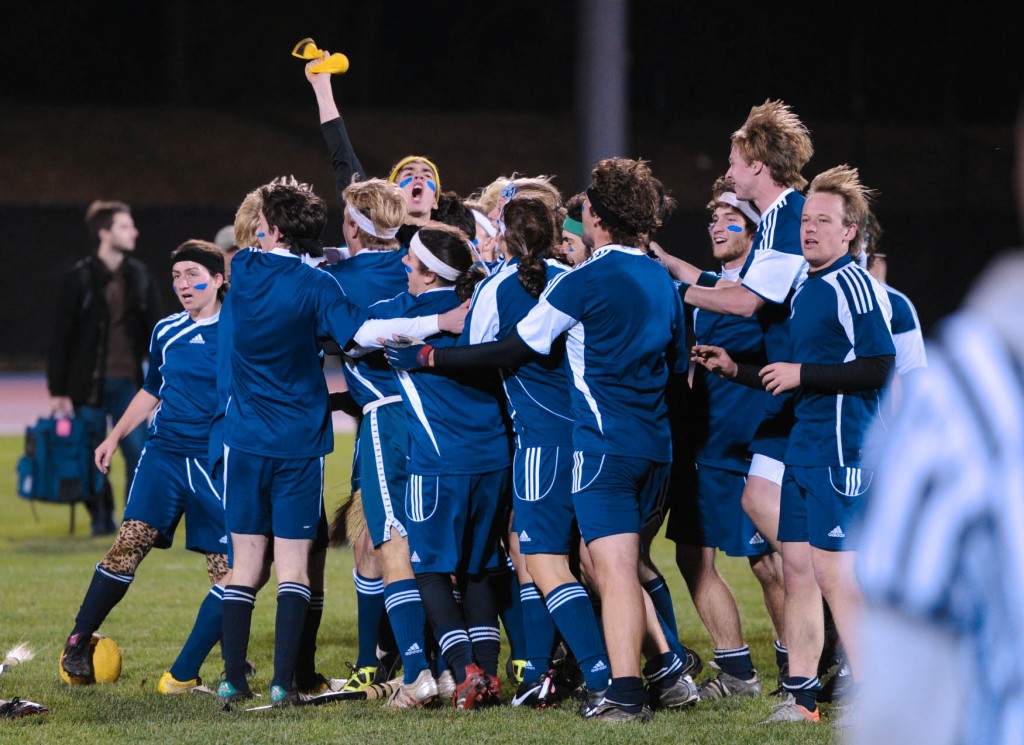
Middlebury College defeated the University of Florida in the finals of the fifth World Cup. Credit: International Quidditch Association
Starting this week, we will be publishing guest articles on a semi-regular basis. If you are interested, please contact us at editors@eighthman.com. Our first submission is from Peter Lee, a beater at Vassar College. We hope you enjoy.
We all remember the finals of last year’s World Cup V in Randall’s Island, which pitted Middlebury College against the University of Florida. The two competing teams couldn’t be more different. On one hand, you had Middlebury, the small liberal arts school that started it all, and the four-time defending champions. On the other hand, you had the University of Florida, a younger team started in 2009 that represented the mainstream direction Quidditch has moved towards in recent years.
I decided to revisit the video of Middlebury and Florida and dissect it, in an attempt to look at Quidditch in a more analytical way. Here’s a quick recap of the match: Middlebury took an early lead with good passing and bludger control. Florida narrowed the gap, and the game is still low scoring when the snitch returns. From there, with the beaters focused on snitch play, the teams traded goals until a Middlebury snitch grab earned the team its fifth-straight title, 110*-90.
Before we get started, a quick disclaimer. I understand that each team’s strategy is different, and that analyzing these two squads won’t be perfectly applicable to everyone. I am not perfect, and am always trying to improve my understanding of the game. If there is anything I say that you think is wrong, write it down in a comment and I would be more than happy to discuss.
With that out of the way, let’s get down to the game, breaking it down into some major themes.
What was Learned:
Middlebury had bludger control for the majority of the game, but used it only for defense
Middlebury’s chasers faced a one bludger defense on 14 different possessions, while Florida only had that opportunity five times. That being said, Middlebury converted just four of those 14 chances, while Florida scored three times in five.
Of course, Middlebury was never using their bludgers offensively, electing for a “turtle-shell” strategy, to avoid losing control. The one time a Middlebury beater came up with the offensive, the team successfully scored. In that situation, the Florida beater, out of position with her back turned away from everyone else, is beat easily by the Middlebury beater. Lack of defense by the Florida chasers leads to a quick Middlebury score.
A turtle-shell strategy is one that works best if the offense can score consistently when keeping both bludgers back. But Middlebury could not – when keeping both bludgers back, it scored only 3-of-13 times, with two of those coming on fast-break opportunities.
It’s understandable that Middlebury would elect for a strategy that conserves bludger control, but one wonders what might’ve been had Middlebury utilized a more aggressive beater strategy, as shown above.
Neither team had any success scoring against a defense with two bludgers.
Against defenses with two beaters with bludger control back on the defensive end, Florida went 2-for-12, while Middlebury was 0-for-4.
It is usually very hard for an offense to score when the other team has both bludgers, and this game reinforced the importance of bludger control. Usually, possessions against such defenses ended like this.
Here, the Florida chaser comes across midfield, and, when threatened by the Middlebury beater, throws up a prayer towards the area behind the hoops, hoping that one of his other chasers will pick up the quaffle. But there was no Florida chaser behind the hoops, and the only Florida chaser in the vicinity – marked by a red arrow below – hadn’t even made it past the Middlebury defense.
When this happens, the only way the offense usually scores is if there’s a perfect pass and catch, followed by a quick shot before the chaser gets beat. This leaves a very slim margin of error, and results almost always in a wasted possession, especially against a competent beater.
Here are some other screenshots of the same thing happening over and over again with Florida on offense in the first few minutes of the game. Based on this, it’s no surprise that Middlebury took an early lead.
Possessions were also wasted when a chaser would attempt to drive through the middle of the defense, hoping to successfully dodge or deflect throws from both beaters. But, against competent beaters, that is nearly impossible, especially in tight quarters.
Middlebury’s defense focused almost entirely on the chaser with the quaffle.
The defending champions ran a defense designed to have two chasers and both beaters focused on the quaffle, usually leaving at least one Florida chaser wide open next to or behind the hoops.
This worked to a degree because it led the chasers to attempt a cross-field pass or take a long shot, leading to a lot of wasted possessions, as I showed above.
But the weakness of this defense are the chasers behind the hoops that are going to be, more often than not, totally wide open. This is moot if the chaser with the quaffle decides to pass or shoot before his chasers get into a good position, but when they do wait, the defense becomes easy to crack with a simple pass and catch. Because of this, the defense is almost useless and not as effective against top teams with strong passing games, such as Boston University and Emerson College in the Northeast, my home region.
In this sequence, Dre Clements, the Florida chaser on the left, has just deflected a bludger throw from the Middlebury beater. You can see how both Middlebury chasers – the third is in the penalty box – are just entirely on Clements, leaving two wide open Florida chasers.
Although Clements scores on his shot, you can see that the other chasers are there, ready for the putback in case he misses. This is exactly what the other chasers without the quaffle should do in this situation – put themselves in open positions for a quick pass and score.
Here’s another example of when the quaffle-focused defense strategy failed. The chaser has the attention of two defending chasers, the keeper, and both beaters. This is five of the six players that Middlebury has on the field, including both beaters, who I consider to be the backbone of the defense. This leads to an easy pass behind the hoops to another chaser, who gets possession quickly, which is key, and scores. That’s exactly how to beat a defense that has two overcommitted bludgers.
Here are other possessions where the Middlebury defense is focused almost solely on the chaser with the quaffle:
Middlebury won because of superior beaters.
The clear reason that Middlebury won this game was beater control. It forced Florida to consistently go up against two bludgers on defense, while Middlebury was able to score while only facing one.
If we look back at the ratios, Middlebury scored at a low percentage against a one bludger Florida defense, and didn’t score at all against two. Meanwhile, Florida was 2-for-4 against Middlebury’s one bludger defense, and though the sample size is small, it’s safe to say that the Gators may have opened up a sizable gap on the scoreboard if they could have kept control for a significant amount of time, rendering the snitch grab irrelevant.
Florida started the game with bludger control, but had it taken away on Middlebury’s very first offensive possession when the team sent up its one bludger with the chasers.
This is one of my favorite plays of the match. Although most people probably didn’t notice this early possession change, it was one of the game-changing plays, as Middlebury wouldn’t relinquish bludger control until a great catch by the Florida beater seven-and-a-half minutes later, when the lead is already 30-0 in favor of Middlebury.
Not only did Florida fail to get possession back, but their beater in control of a bludger throughout that nearly eight minute period struggled. While she could throw fairly accurately from mid-range, her positioning left the defense vulnerable to plays where a Middlebury chaser would cut into open space, leaving them one pass away from an easy score. Of course, this is partially on the Florida chasers for poor marking, as well.
Here, the Florida beater positions herself too deep into the Keeper Zone, and the Middlebury chasers start the offensive possession deep in Florida territory. This leads to an easy score.
Here, the same thing happens again, except that she also misses the first Middlebury chaser targeted with a pass, which would have ended the possession. She’s not quick enough to recover the ball, and doesn’t get the chance to beat the Middlebury chaser, who unexpectedly took the long route around the hoops to score.
Last, but not least, is the snitch grab. My philosophy for the snitch grab is to be decisive. Go all out in what you want to do, especially when your team has only one bludger. Which means make a quick decision – play defense and defend the quaffle, or sprint to the snitch and beat the other team’s seeker.
In the sequence which led to Middlebury’s snitch catch, the Florida beater does perhaps the worst thing possible, and is caught in no man’s land between the snitch and her goal hoops.
In this screenshot, the quaffle is already past the beater, who just ran back from the other side of the field after missing Middlebury’s seeker. Her back is turned to quaffle play, which means that she should’ve been sprinting to beat the seeker. However, when Middlebury scores less than three seconds later, she’s still in more or less the same part of the field:
She is then beat, the snitch is caught, and the game ends. Florida missed two chances to beat the seeker, which would have served to prolong a game that Florida seemed to be taken control of after a slow start. One or two more seeker beats could have made the difference.
Final Thoughts
This isn’t to say that the Florida beaters were horrible and that the Middlebury beaters were perfect. Both sides made mistakes and were tired from a long day of bracket tournament play. After all, the fact that they made the finals meant that both sides were good enough to be on the game’s biggest stage.
Still, I believe that in this game, although Florida had more efficient chasers, the Middlebury beaters outplayed their Florida counterparts, leading Middlebury to its fifth championship.


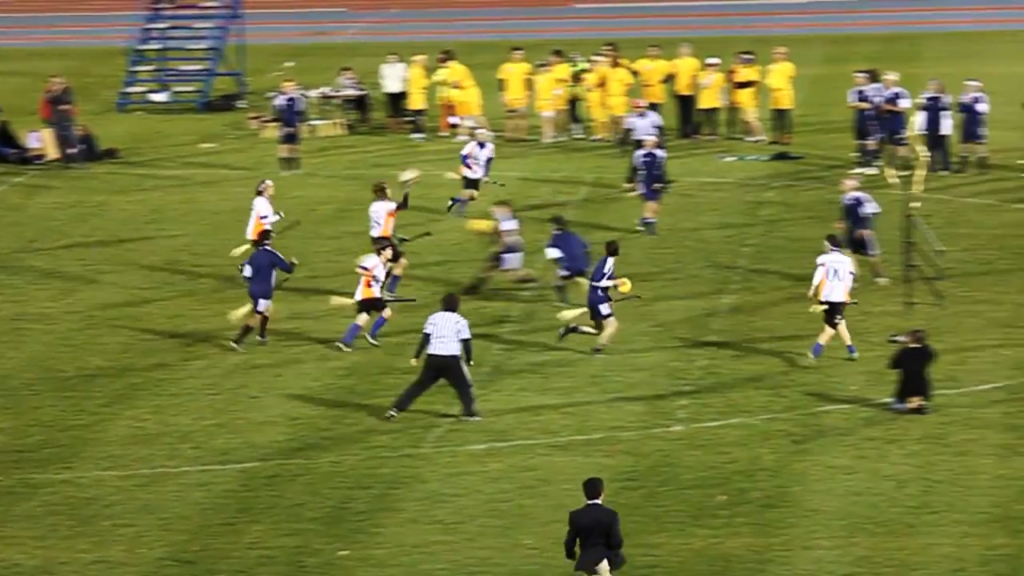
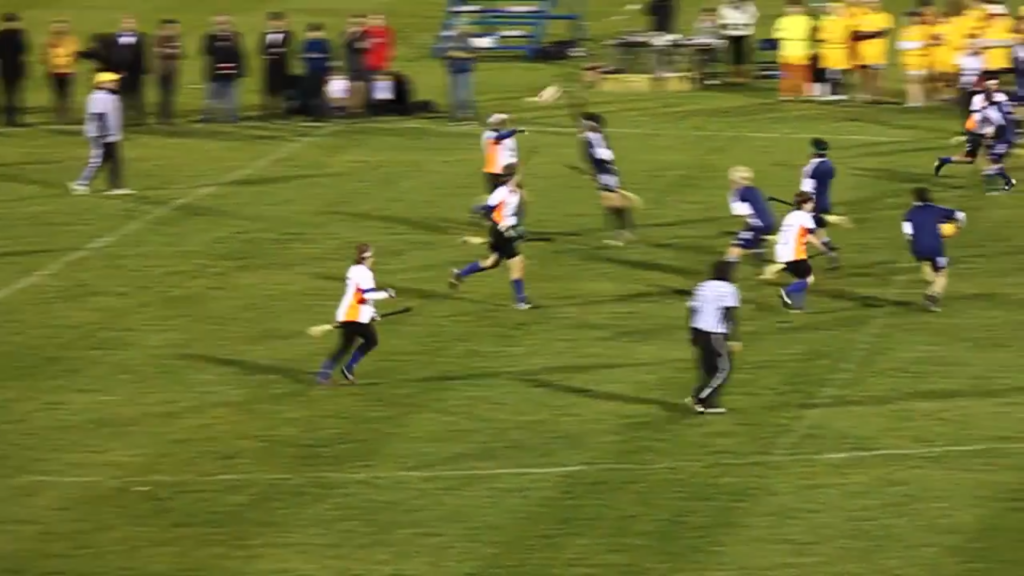

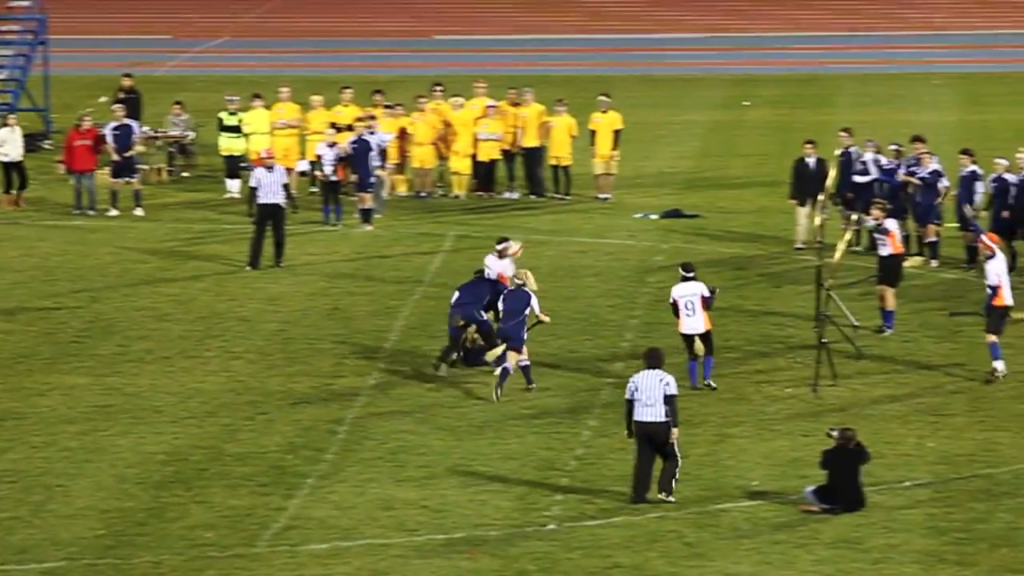
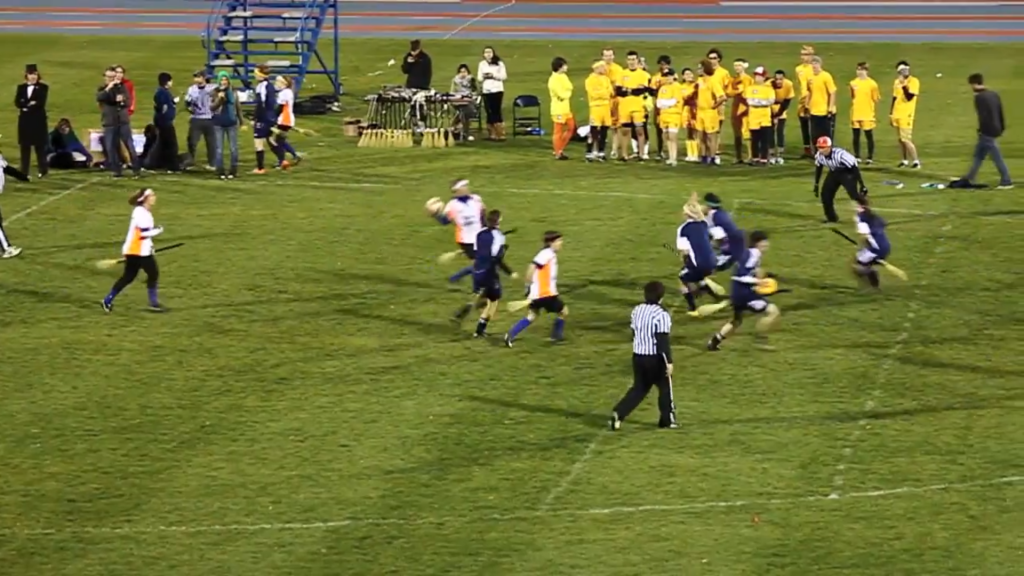
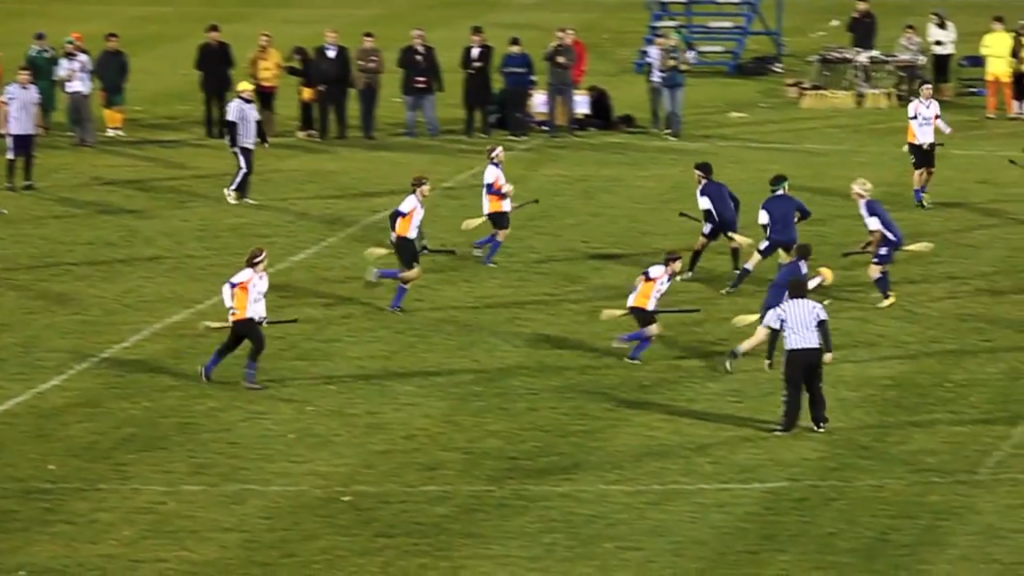
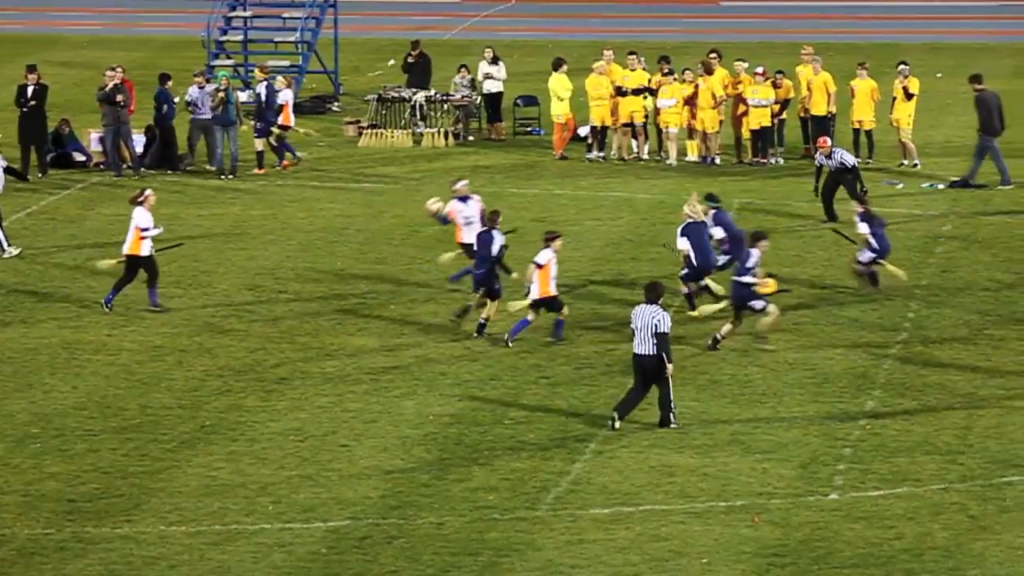
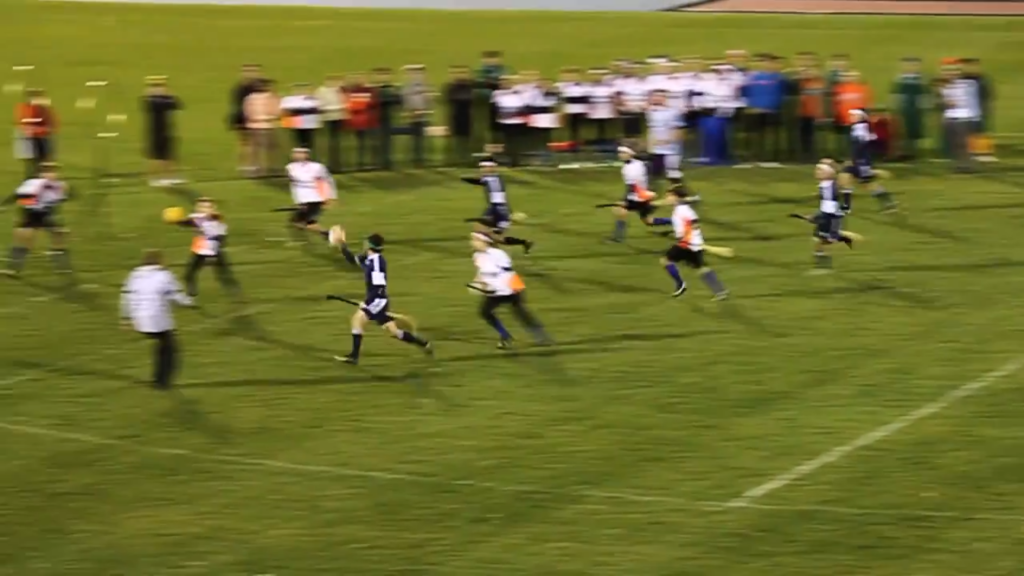
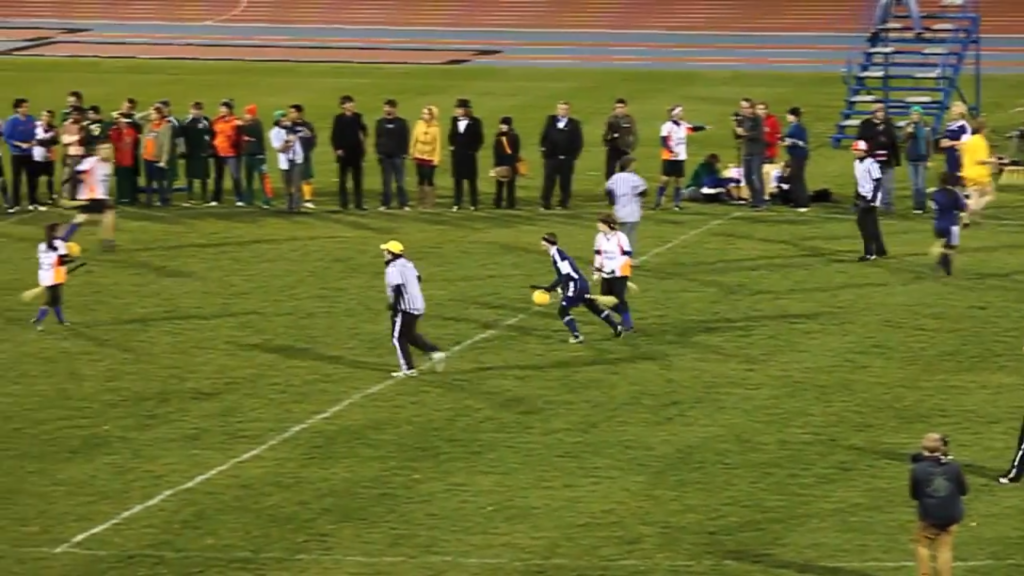
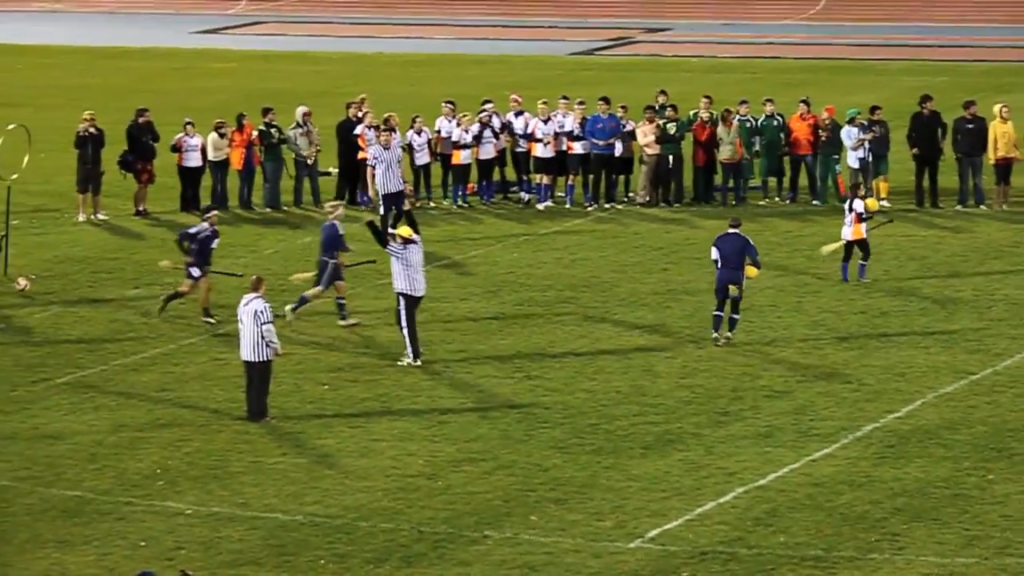
6 Comments